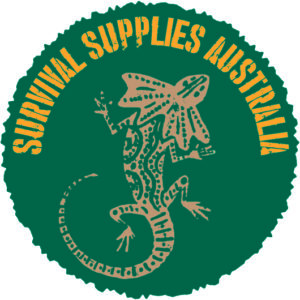Short Walks
Getting started – day walks

For suggested day walk options on each section, see the Section by Section guide.
Here is a list of things you need to do, pack and think about before you get going for a day walk.
- Purchase a Bibbulmun Track map, Bibbulmun Track day walk map pack or Bibbulmun Track Guidebook and map. Only the official maps will give you all the correct information you need. All of these can be purchased from our shop.
- Using the maps, decide how far and for how long you want to walk based upon the ability of the weakest or slowest walker in your group, the legal access points and the weather.
- Decide whether you are able to do a straight through walk from one point to another (by doing a car shuffle using two cars) or a return walk.
- Take a comfortable pair of walking shoes or boots.
- Wear comfortable loose fitting clothes.
- Take a watch, to decide when to turn back etc.
- Wear a sunhat.
- Take a small backpack containing (this is a suggestion list only – you may wish to add to, or subtract from it):
- A bottle of water (1-2 litres depending on distance, terrain and weather).
- A basic first-aid kit and blister kit (Fixomul etc).
- Snacks and lunch.
- Insect repellent and sunscreen.
- A waterproof/windproof jacket.
- Warm clothing.
- Beanie/gloves.
- Binoculars/camera.
- Toilet paper and small trowel.
- Use only appropriate access points (marked on maps with a vehicle symbol). Only the official maps show vehicle access points you are permitted to use to get to the Track. Click here for further information.
- Adhere to the Leave No Trace principles.
- Check current Track conditions in our Section by Section guide.
- Understand and abide by health, hygiene and safety guidelines.
- Be first-aid trained.
- Check the facilities out on the Track so you know what to expect.
- Tell someone where you are going and what time you expect to return.
Day walk map packs – ideal for the beginner

Want to get out on the Bibbulmun Track, but don’t know where to start? The Bibbulmun Track Foundation’s day walk map packs are the perfect solution.
Each map pack comprises of:
- See-through map carrier.
- Bibbulmun Track map.
- Suggested walks.
- Full walk notes which give you directions.
- A range of walking tips and ideas that you haven’t thought of yet!
Day walk map-packs are available for some map sections along the Bibbulmun Track:
There are a variety of walk options in each area, differing in length and difficulty, with a choice of one-way or out-and-back walks.
Getting started – overnight walks

For suggested overnight walk options on each section, see the Section by Section guide.
Using the list above for day walks as a basis, add the following list for overnight trekking considerations.
- You will still require an official map or map and Guidebook.
- Decide how far and for how long you want to walk based upon how many days/nights you wish to walk, the weight of your pack (which gets heavier with each day’s food), the ability of the weakest or slowest walker in your group, the legal access points and the weather.
- Decide whether you are able to do a straight through walk from one point to another (eg town to town or access point to access point) or a return walk (to the campsite and back the next day, for example).
- Take a rucksack (overnight backpack about 65 litres to 75 litres) containing the items shown in the suggested overnight equipment checklist.
- A larger and well-stocked first aid kit and blister kit (Fixomul etc) with provisions based on how long you are going to be walking, how many in your group, how remote your walk is from help and how well trained you are (people with little training go through a lot more)
- Emergency device (eg a PLB). Do not rely on getting a signal on your mobile phone.
- Accommodation options. If you drive or take a bus to a town some distance from where you live, then you might not have time to travel and also walk to the first campsite. Staying in a town the night before ensures you are refreshed and have plenty of time to walk to the first campsite. Likewise, when you finish your walk you will probably be too tired for the long drive home or not be able to take a bus until the next day.
- Tell someone where you are going and what time you expect to return.
Remember you can always arrange for a free trip planning advice service for any extended walk with one of our experienced volunteers if you are a member of the Foundation.



